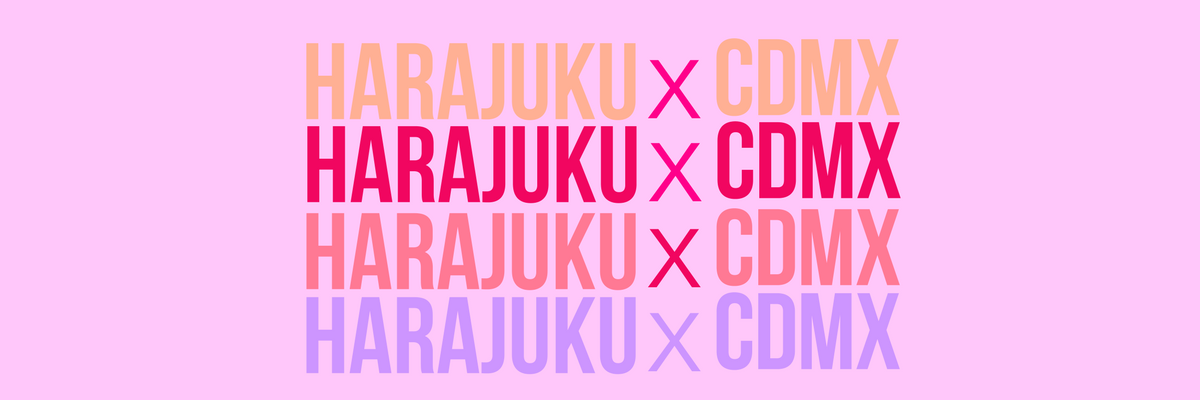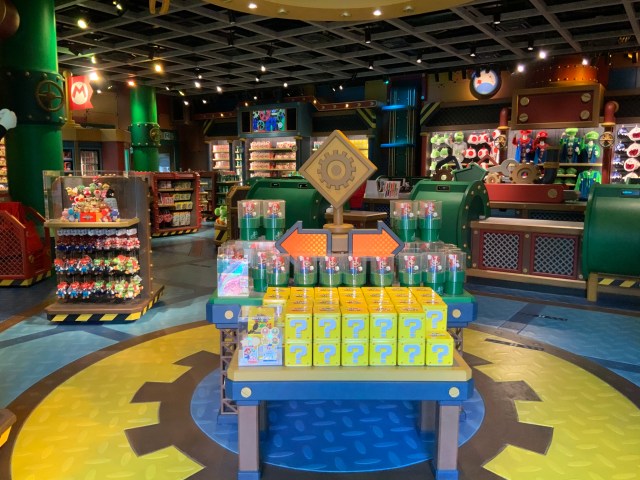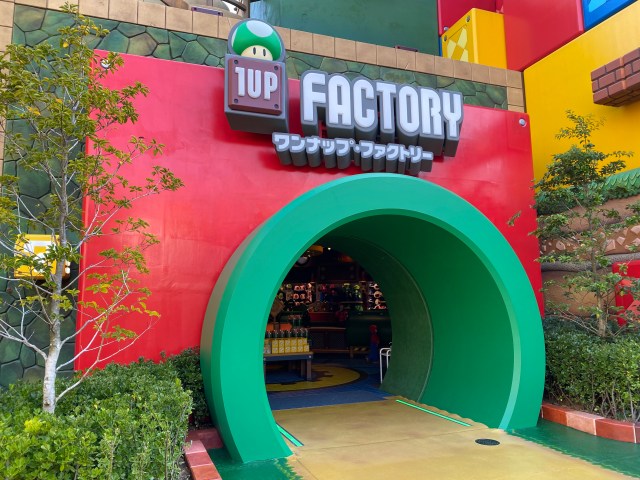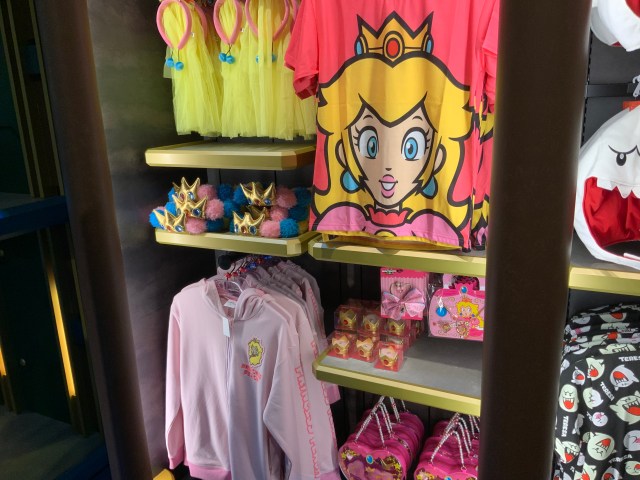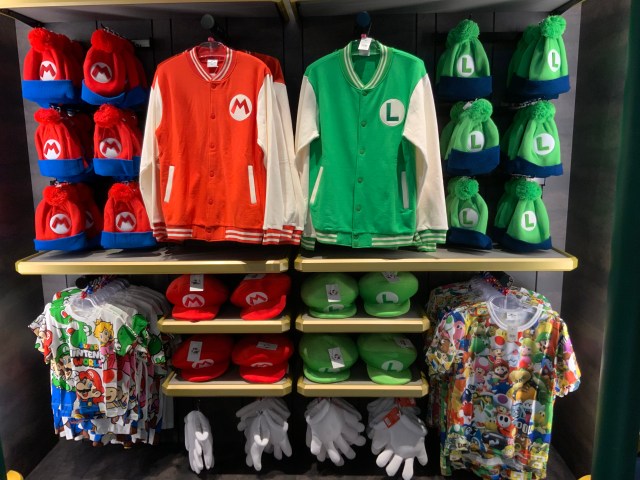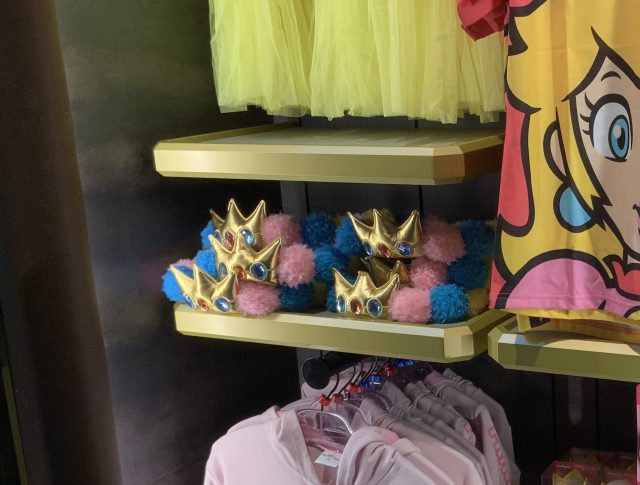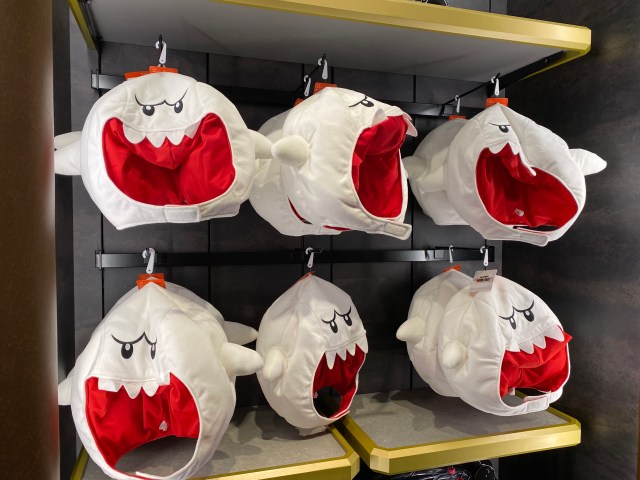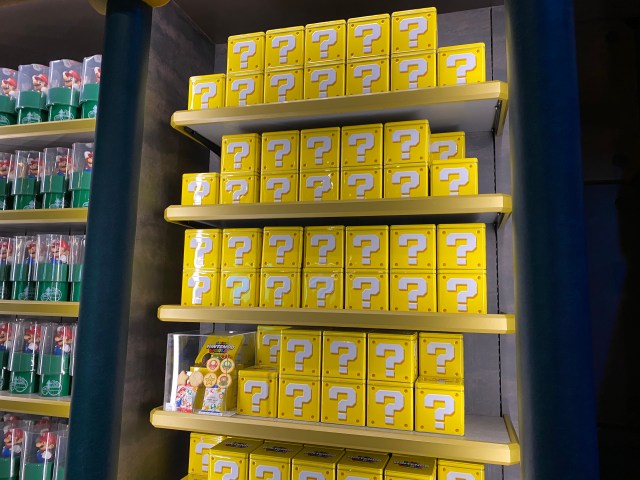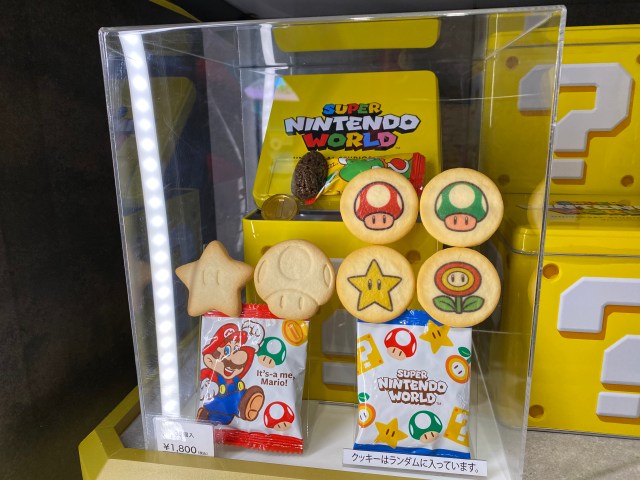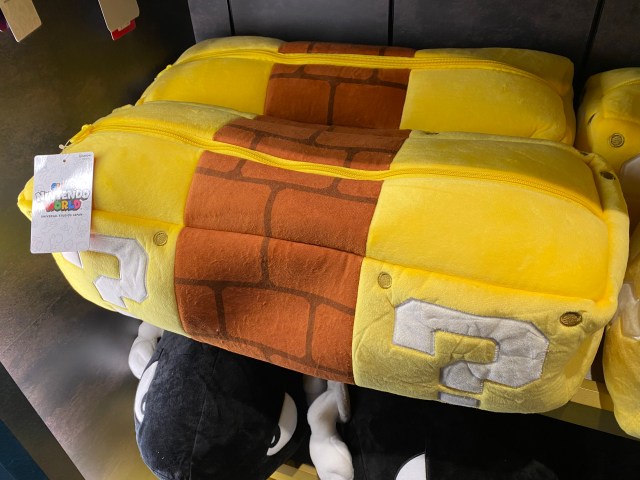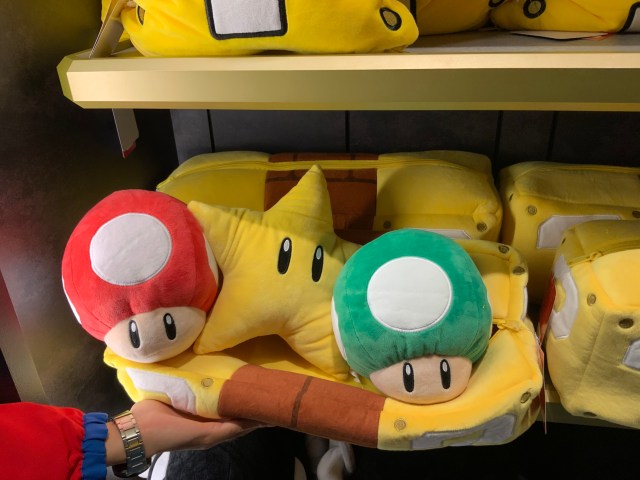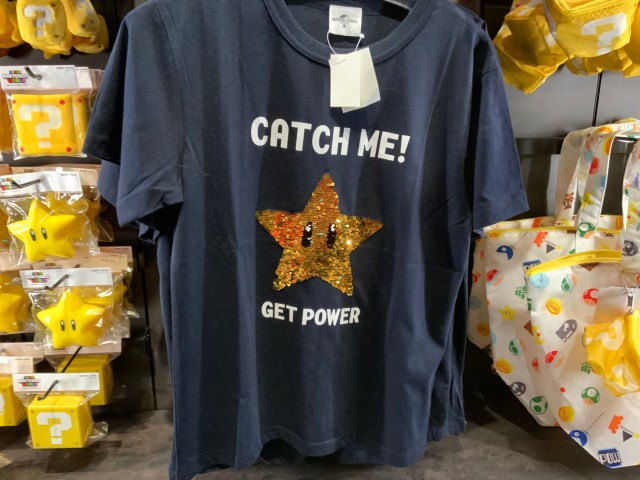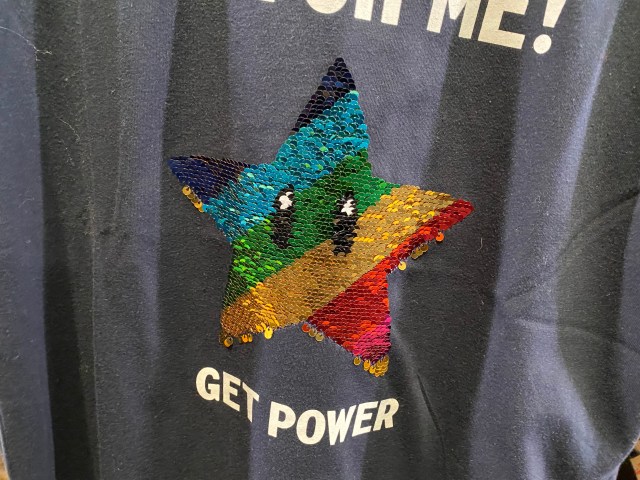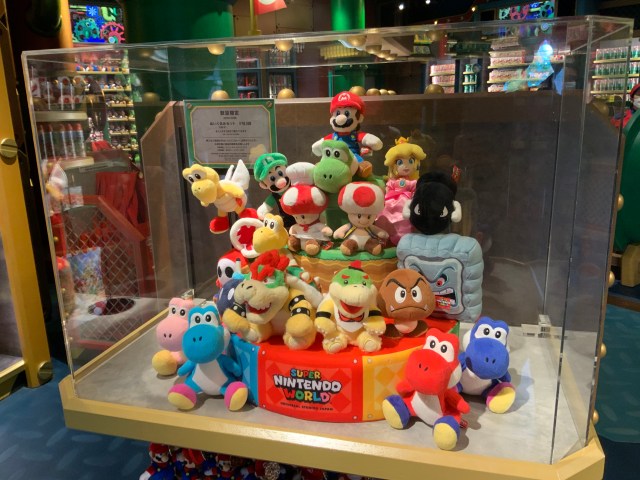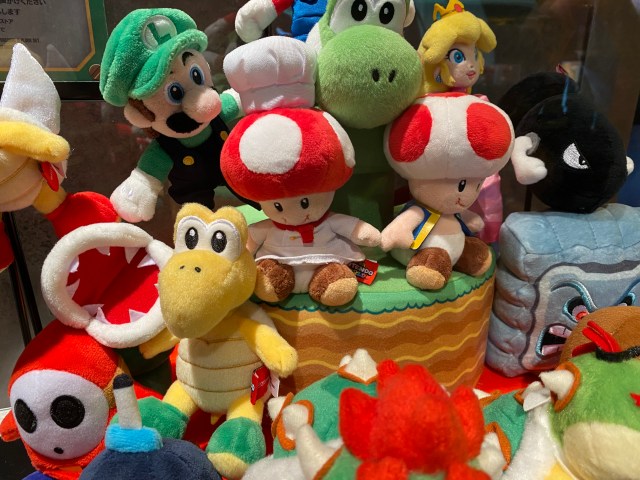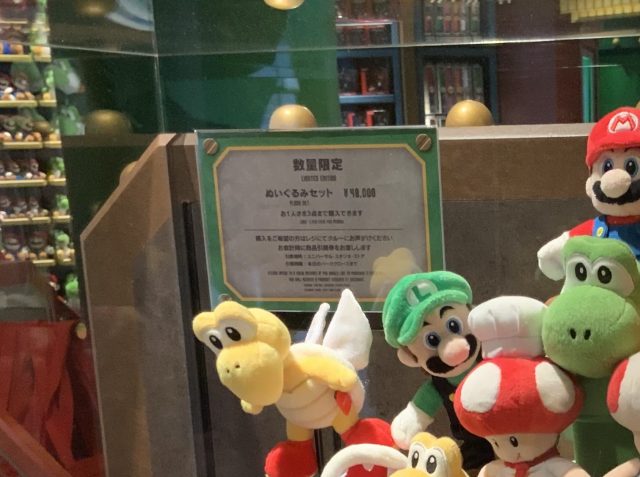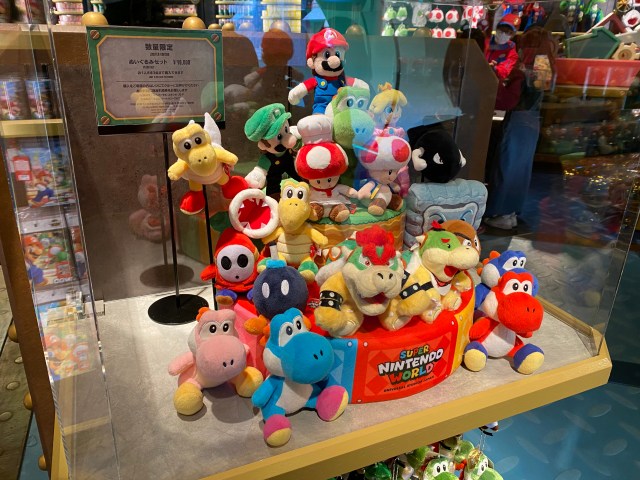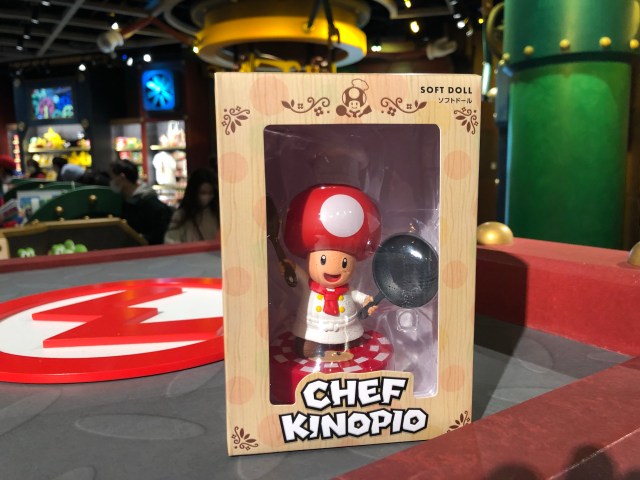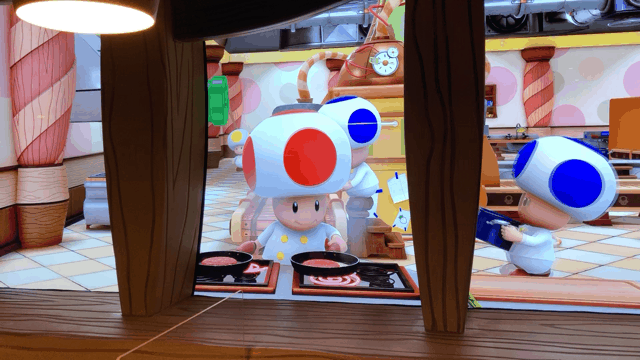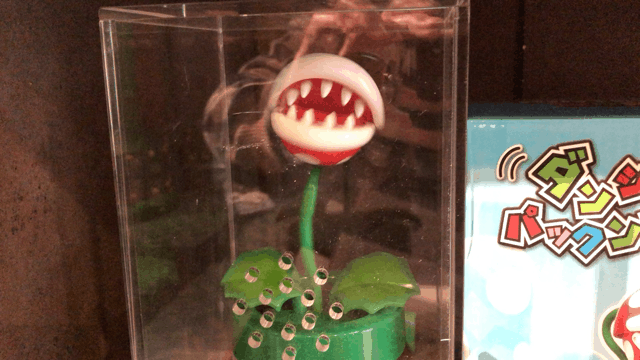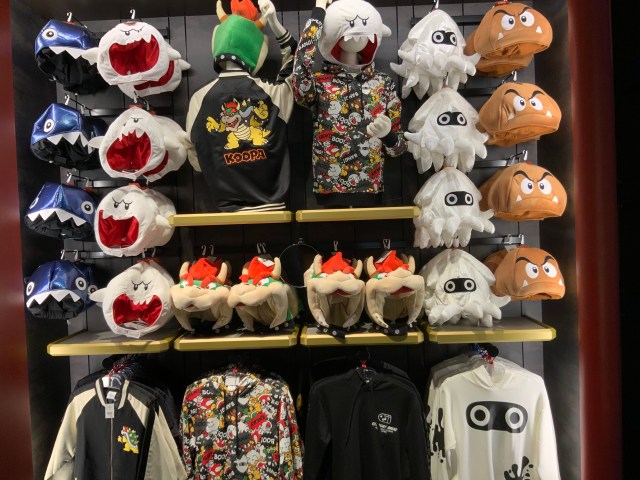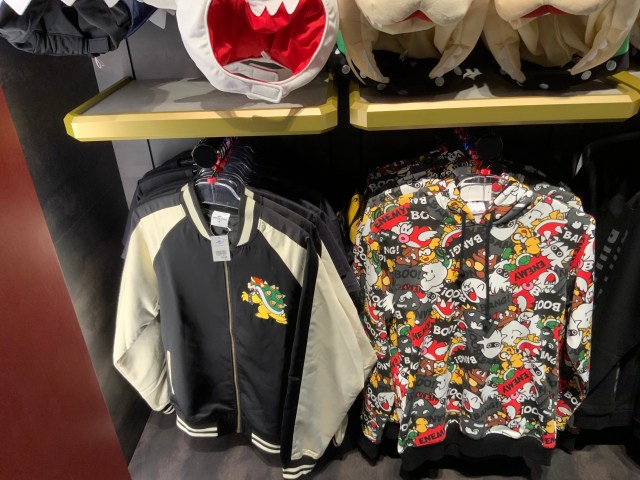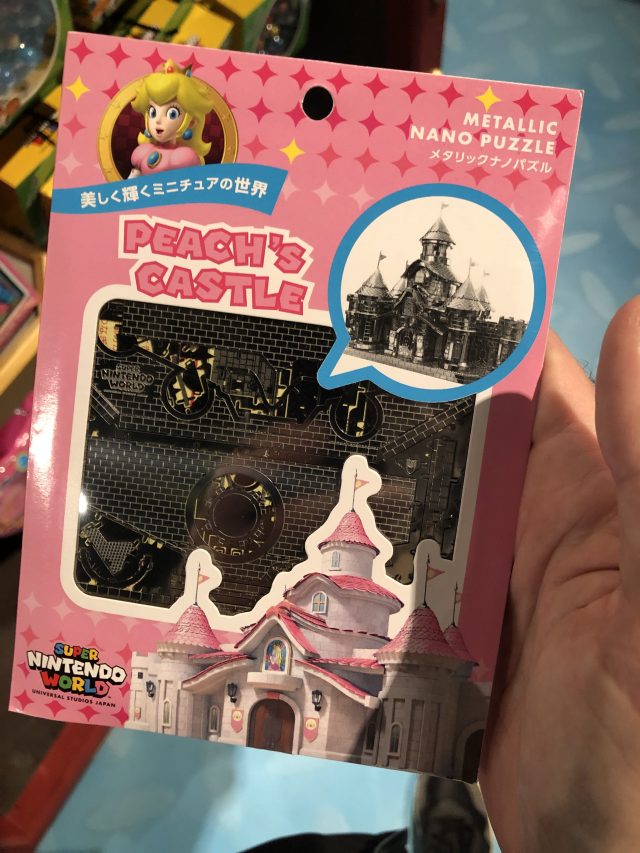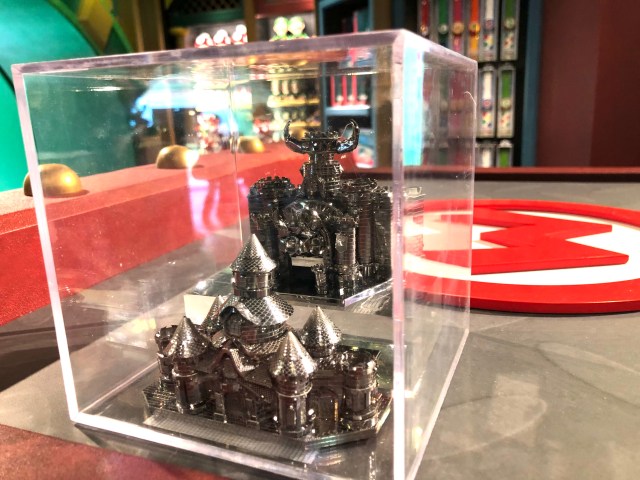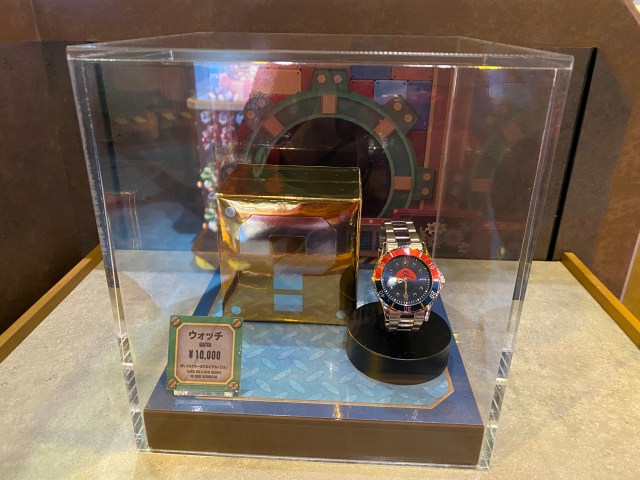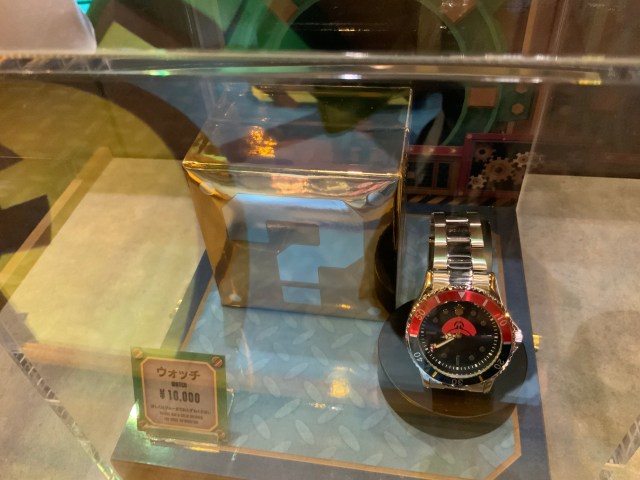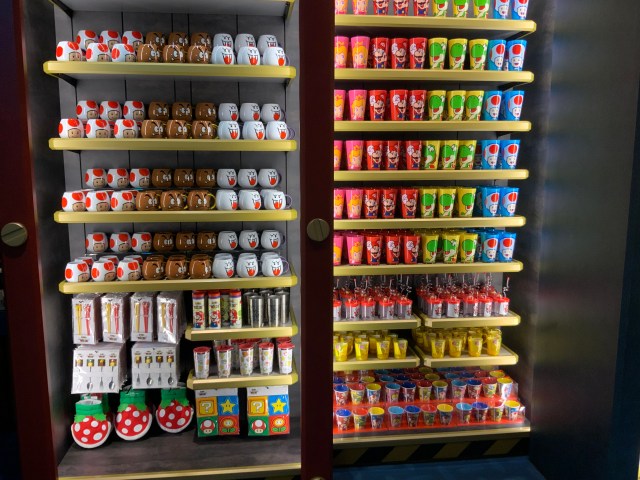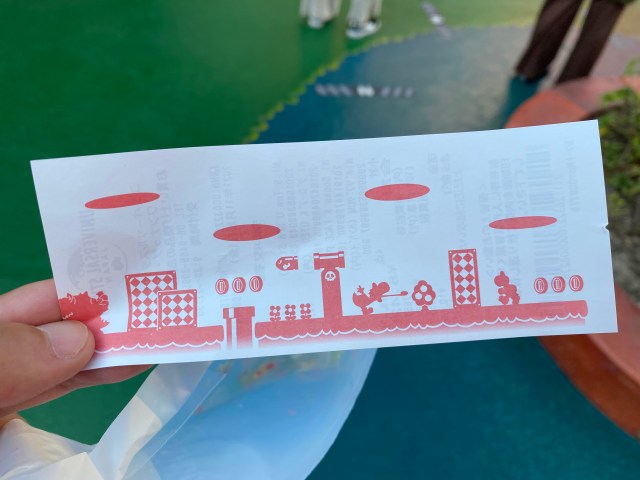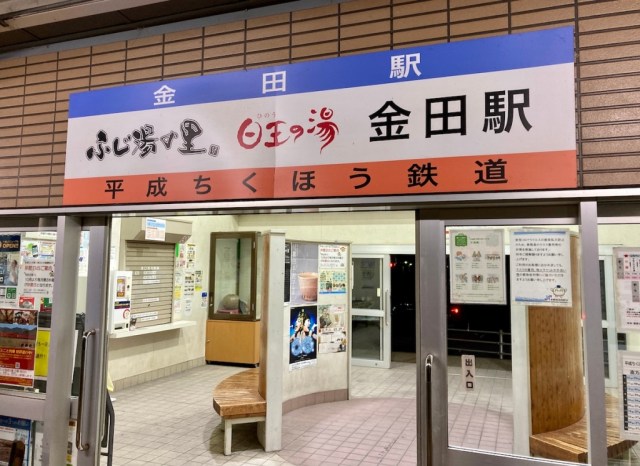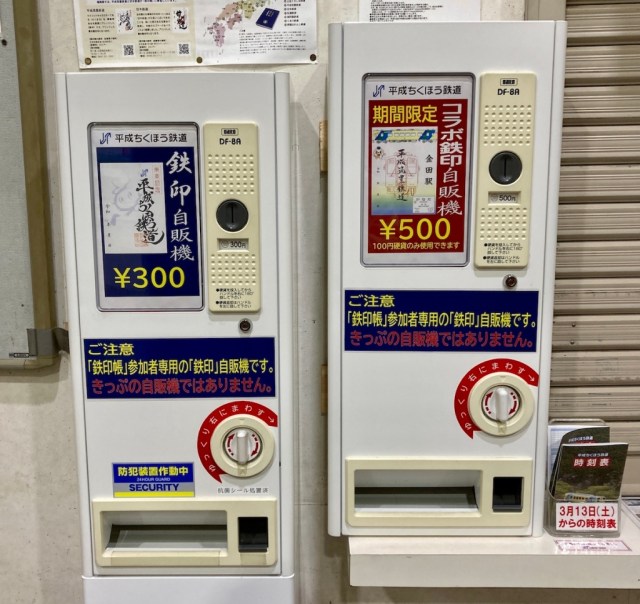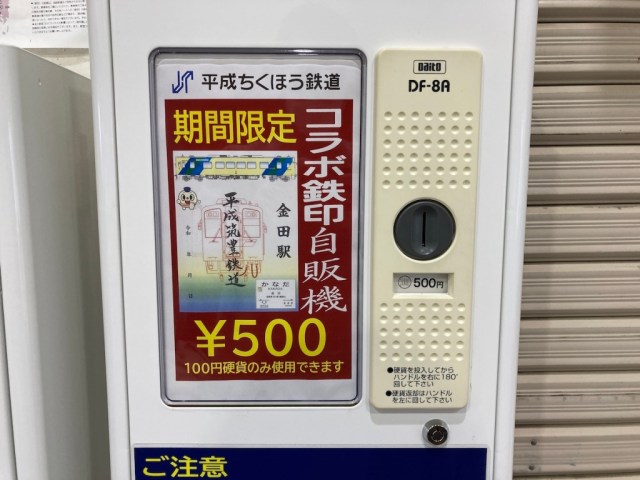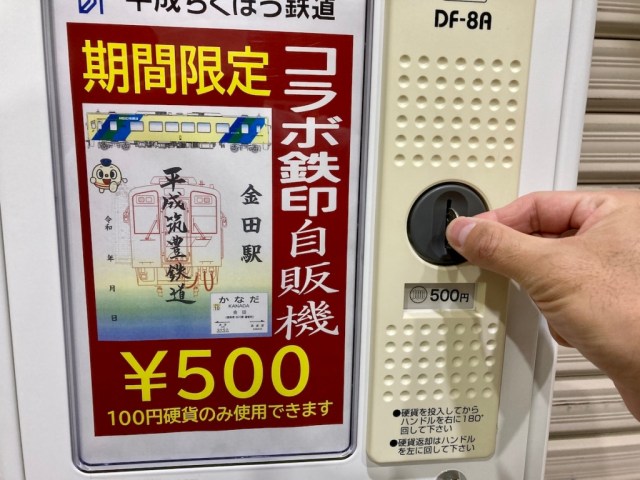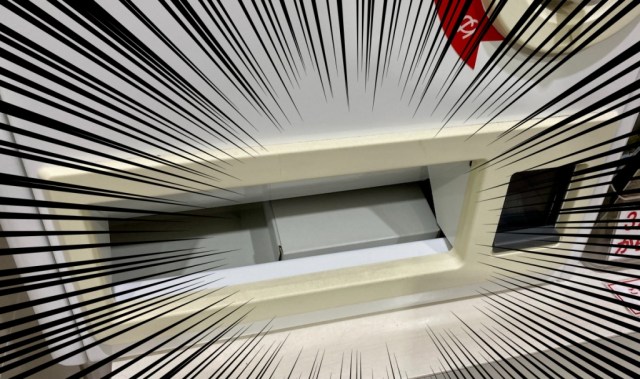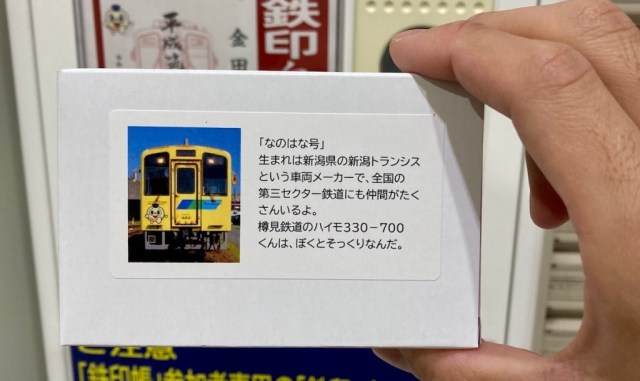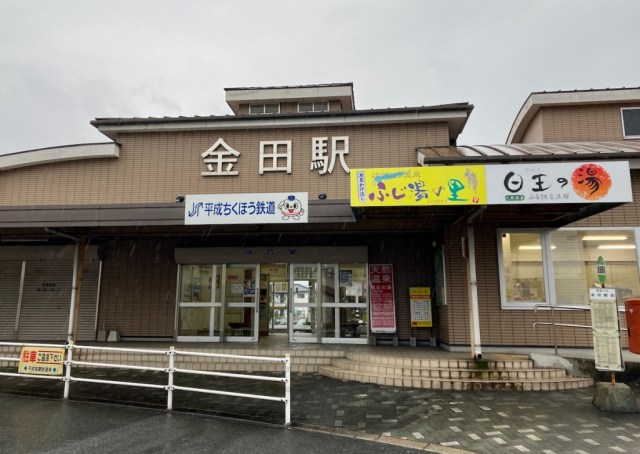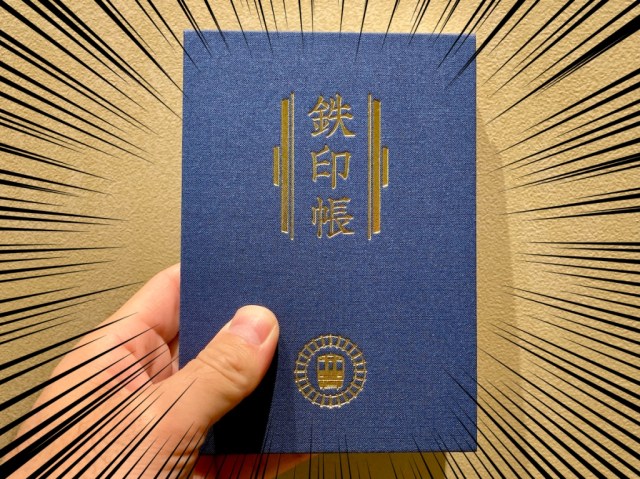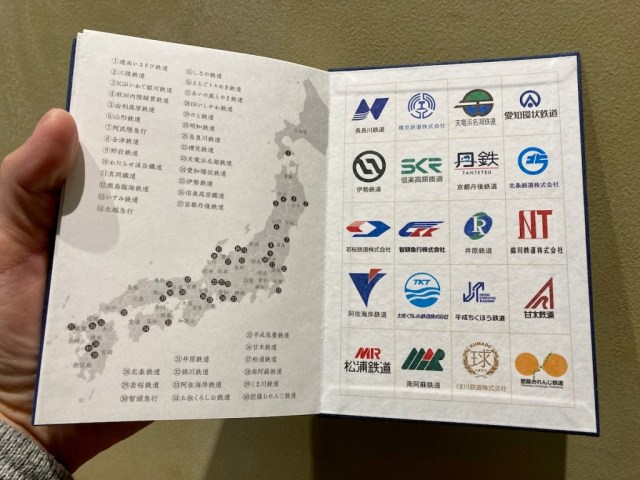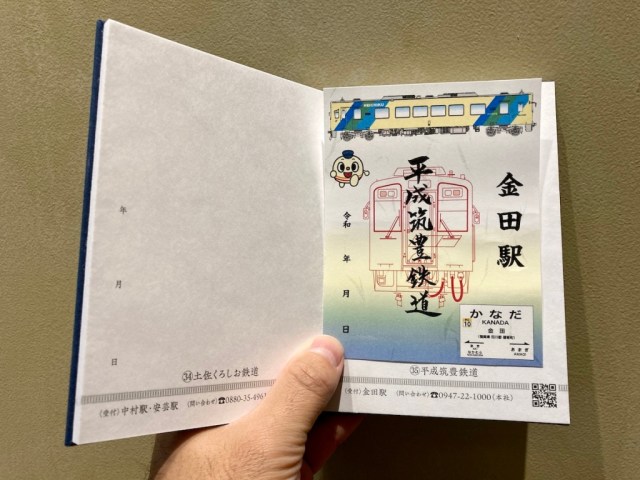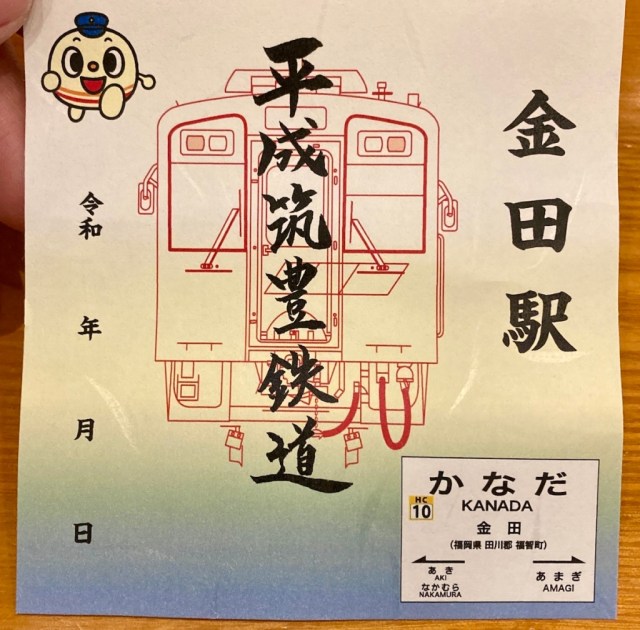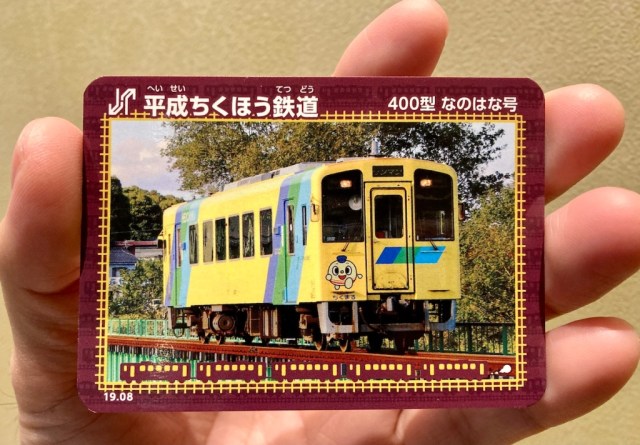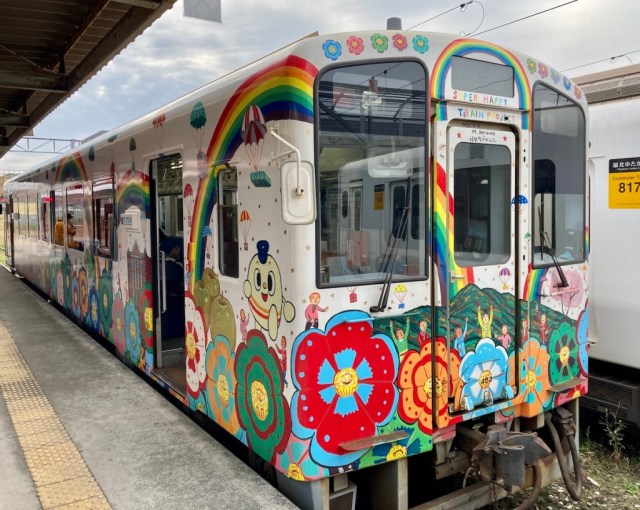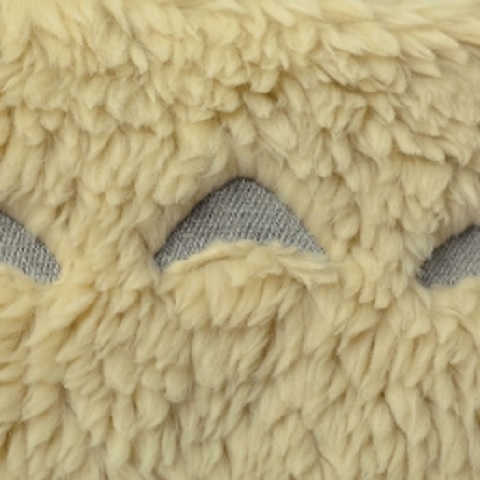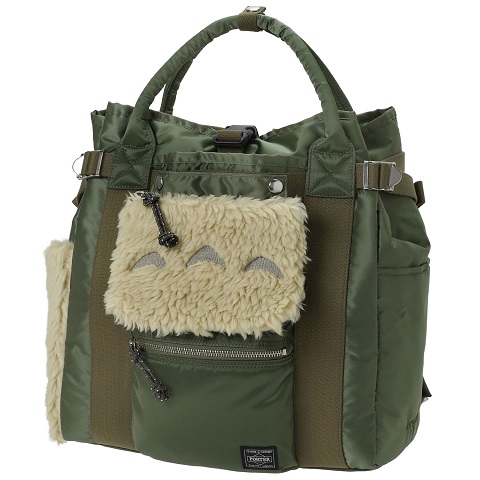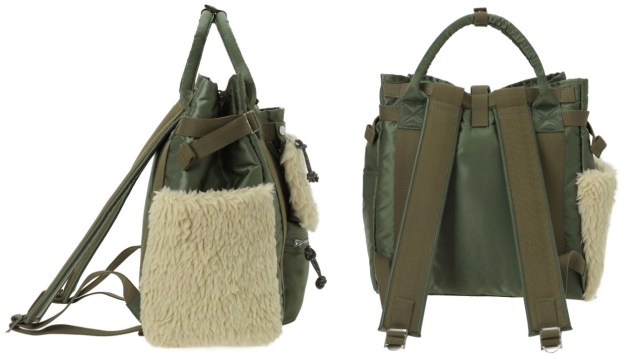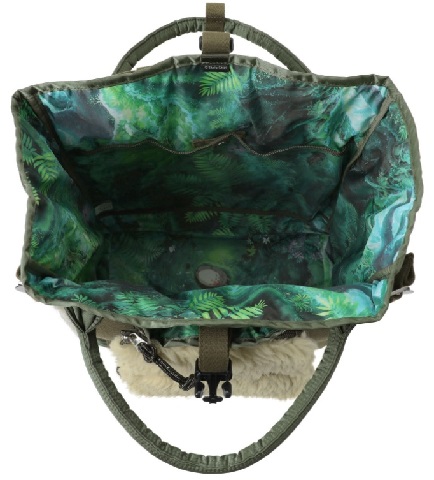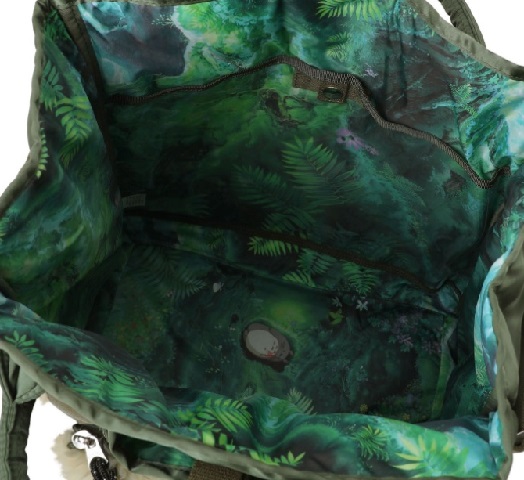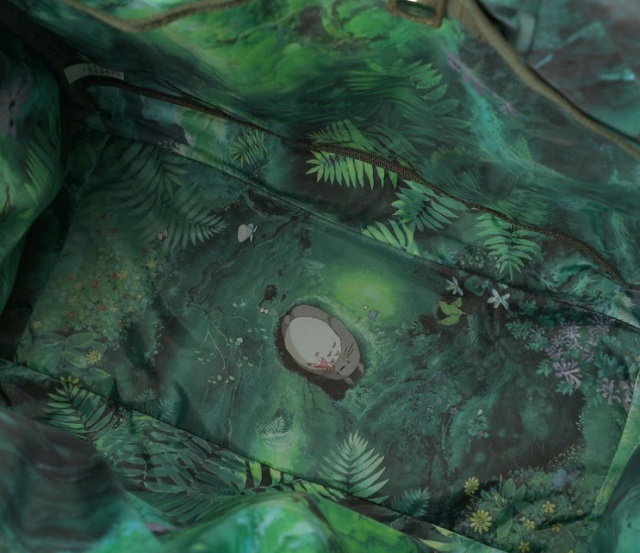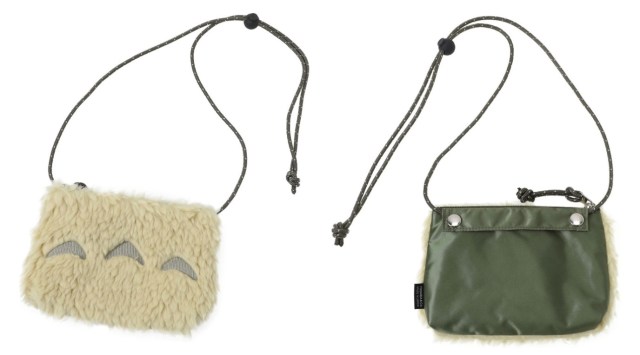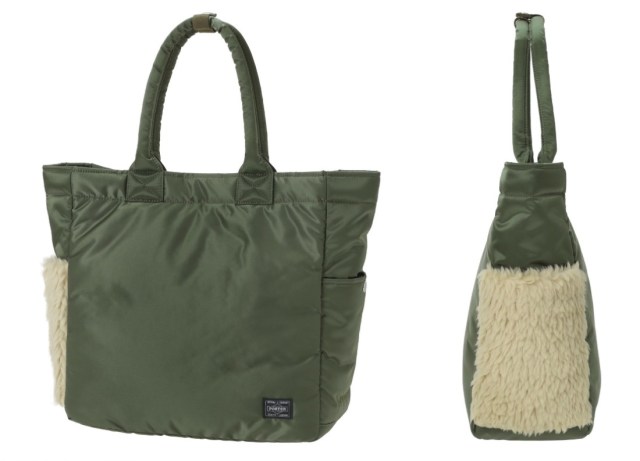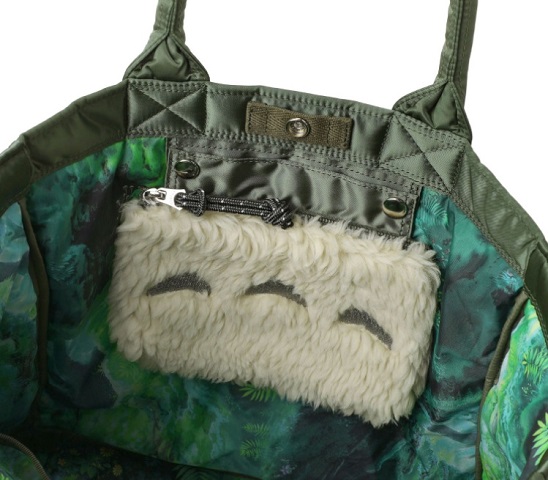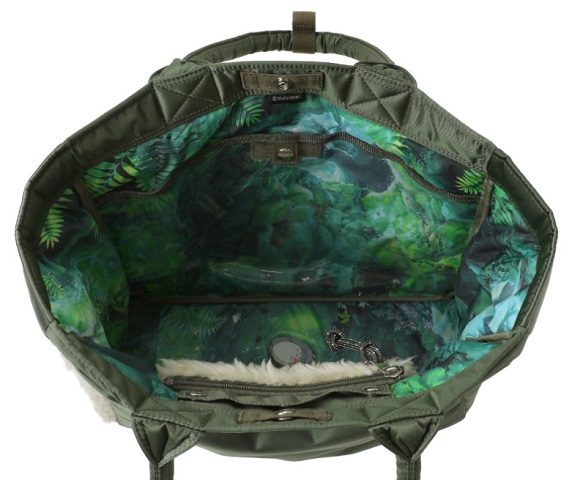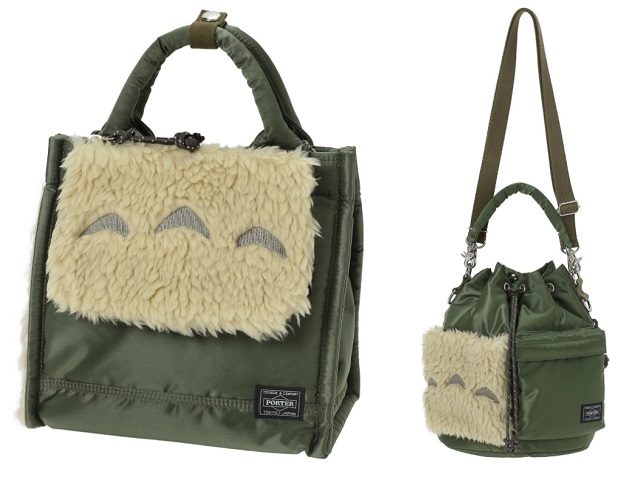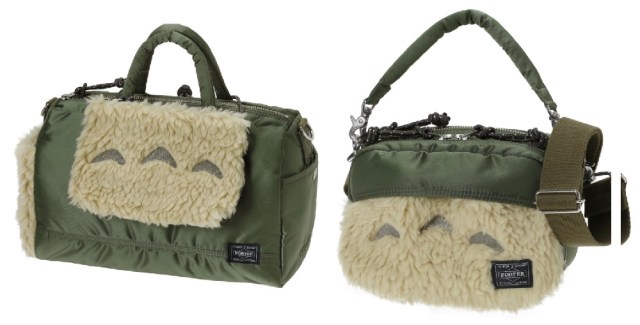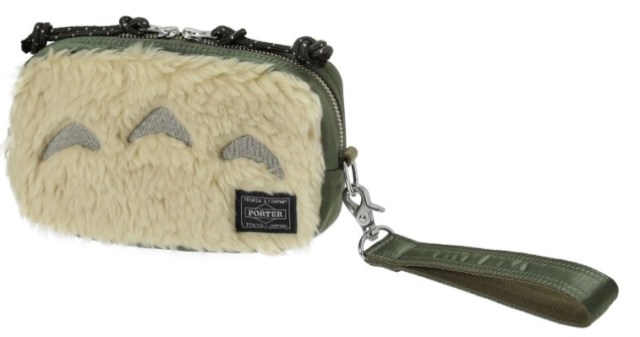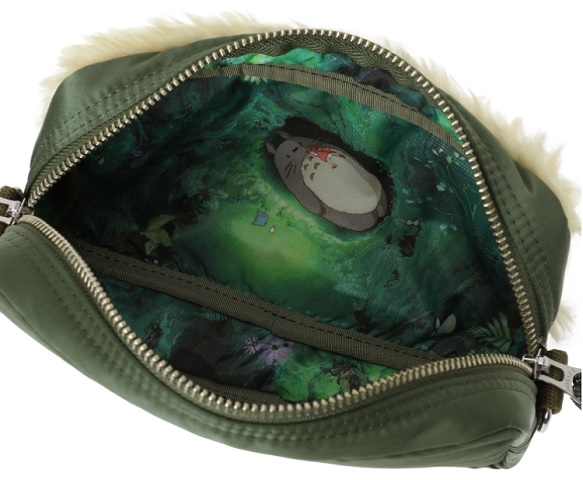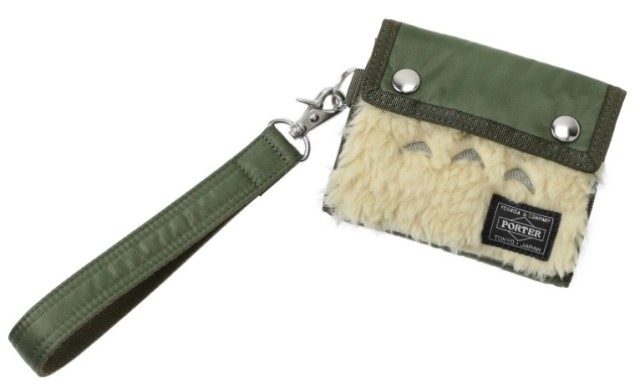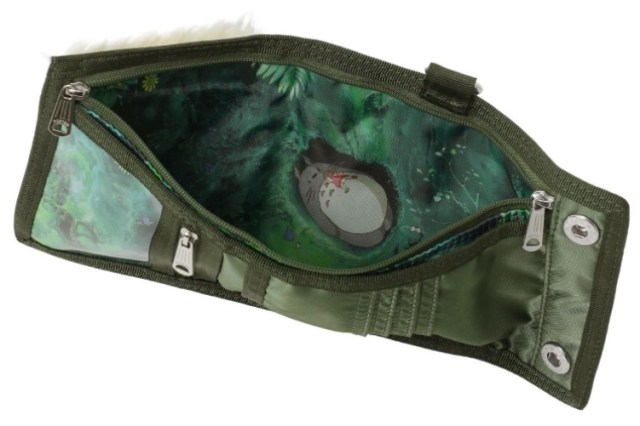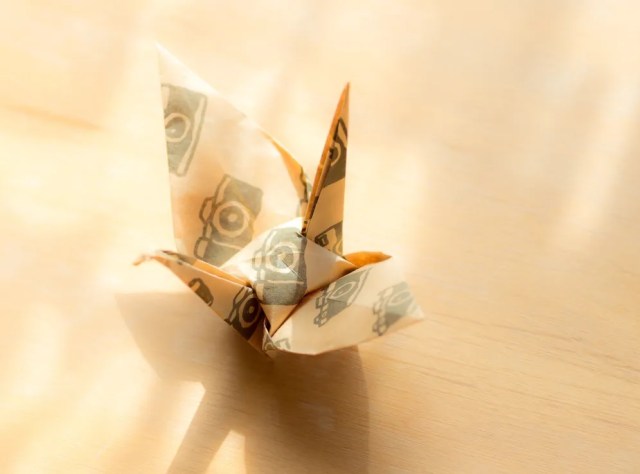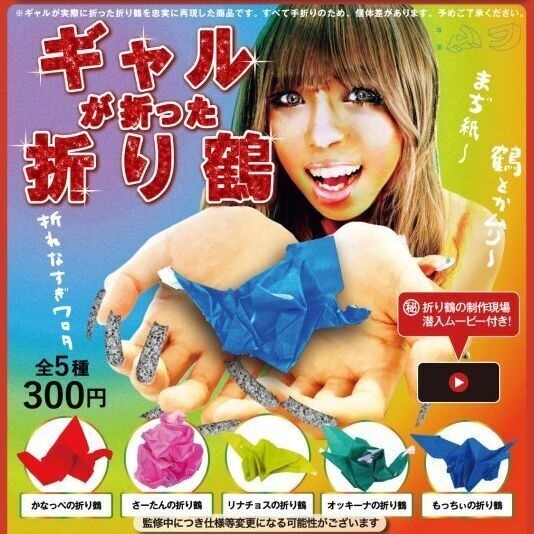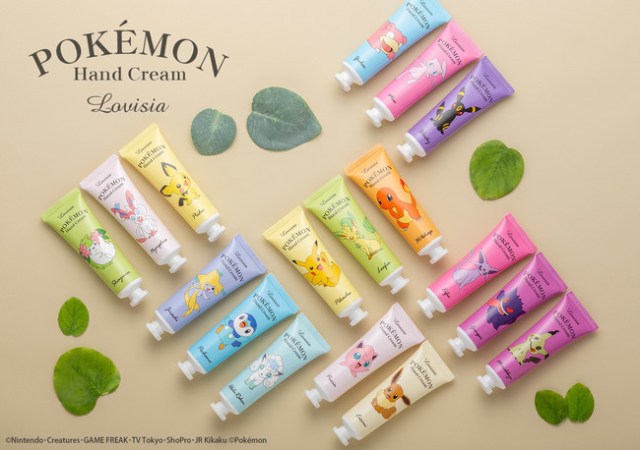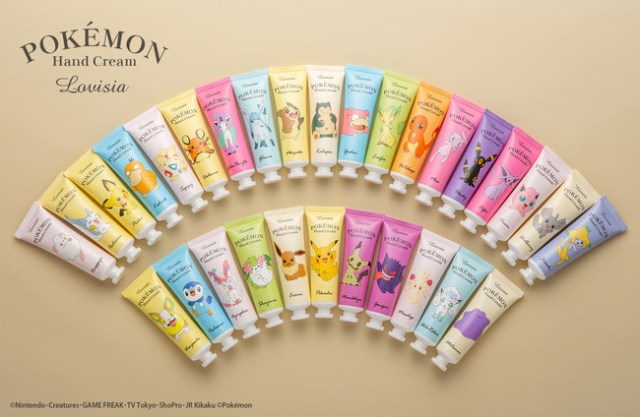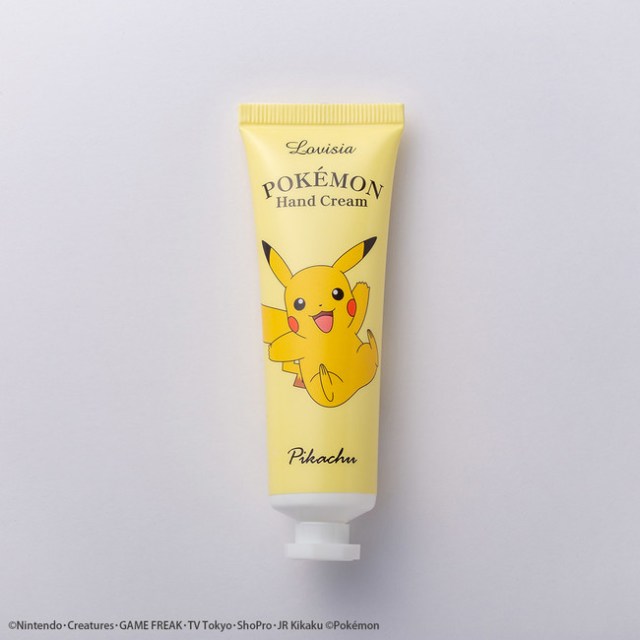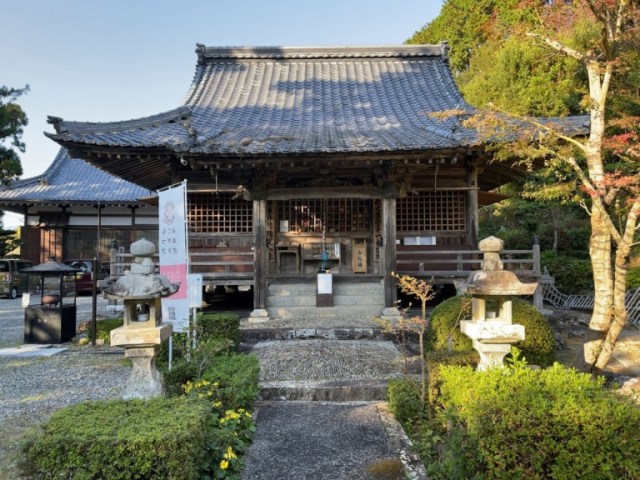
A lot of temples in Japan offer dormitory rooms, but this one has an even cooler option.
When travelling in Japan, one of the most unique forms of accommodation is a shukubo, or temple dormitory. Though they don’t provide all the cushy amenities of a hotel, shukubo offer a memorable way to experience Japan’s traditional and local culture, and are generally open to guests of all faiths.
Daitaiji, a picturesque riverside temple in the town of Higashimuro-gun, Wakayama Prefecture, has a shukubo, but as we recently discovered, it also has a campground!

Temple camping is something we’d never tried before, but eager to change that, our Japanese-language reporter Saya Togashi rolled up to Daitaiji on a late November afternoon. The campground is down a short embankment from the temple’s hondo, or main hall, and is bordered by a grove of bamboo and trees
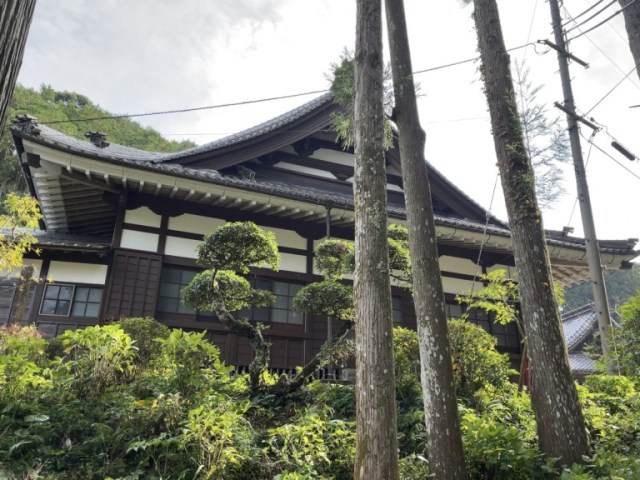

The side closest to the forest is for tent campers, while the other side of the clearing is for people spending the night in RVs or motorhomes, like Saya was.
▼ The RV/camper side has electrical hookups.
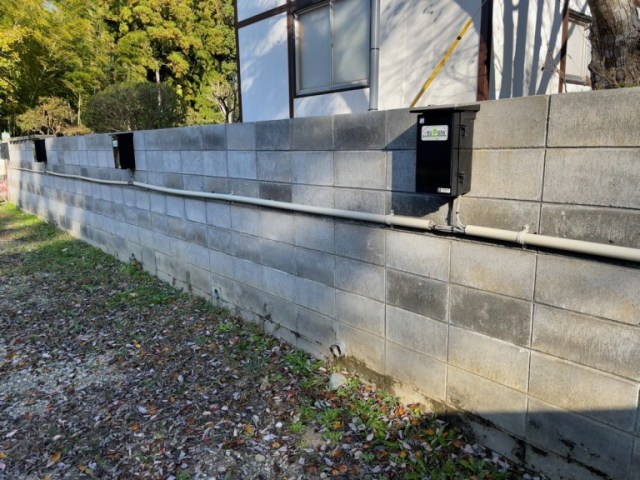
On check-in you’re given bags into which to sort your garbage, and you can leave them with the temple staff when you check out. There’s also water and bathroom facilities, leftovers from the on-site nursery school that the temple used to run.
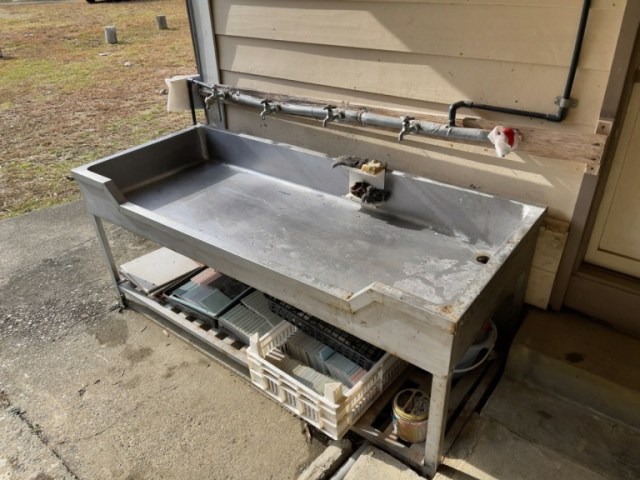
So far this is all pretty standard campground stuff, but at one end of the clearing you’ll spot this structure…
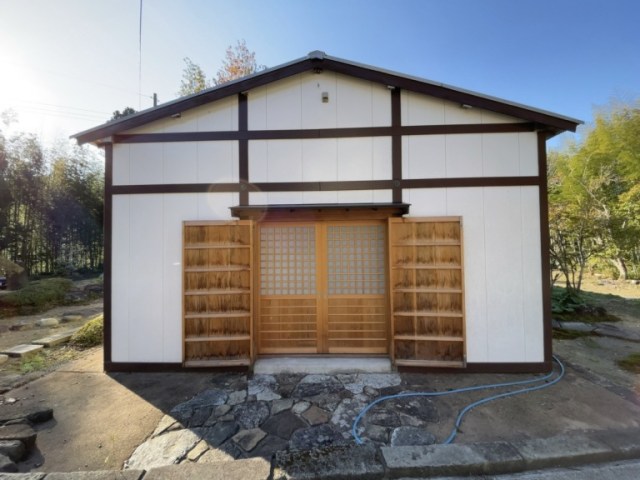
…and if you peek inside, you’ll see that it’s a zazen-do, or Zen meditation hall.
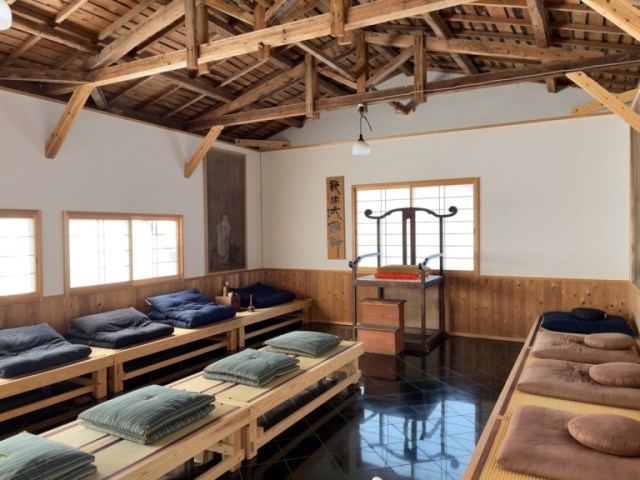
Zen meditation is just one of many activities available to campers, along with learning to make choshuku, the rice porridge traditionally eaten for breakfast by temple monks in Japan, a descriptive tour of the temple’s historical Buddhist statuary, and transcribing sutras. On the other hand, if you’re after pure relaxation, there’s also a riverside sauna tent.
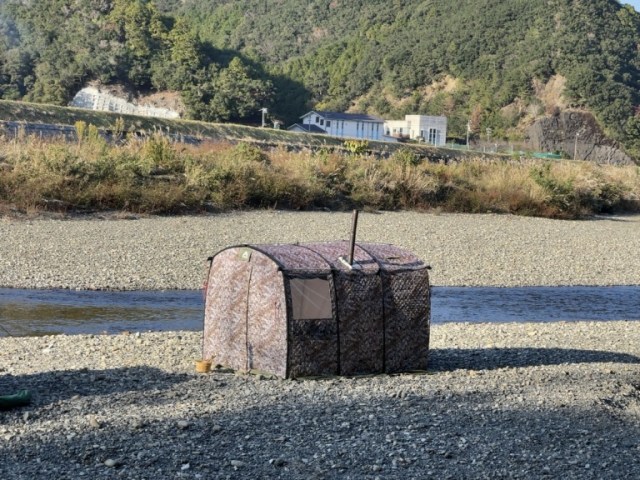
For her first activity, Saya decided to try her hand, literally, at transcribing sutras (fees vary by activity; for this it’s 1,000 yen [US$8.70]).
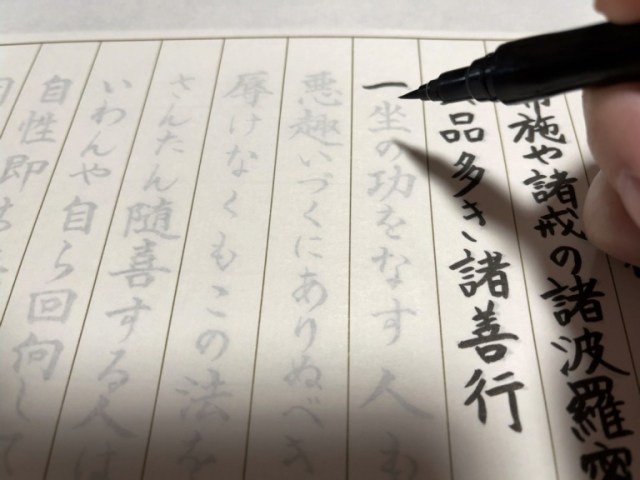
Don’t worry if your penmanship isn’t the best, or even if you’ve never written anything in Japanese before. You’re given a translucent sheet of paper to write on, and you can trace the example, or at least use it as a guide, as you form each character. The session lasts about an hour, with the ostensible benefit being that having an activity to focus your physical and mental attention on will keep you from dwelling on past regrets or future worries.
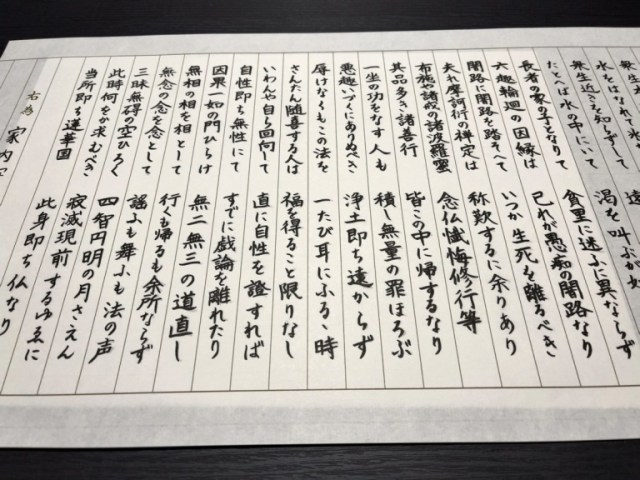
By this time, it was getting close to sundown, and next Saya got to take part in one of the free activities offered to guests: ringing the temple bell!

The bell is located on a raised portion of the grounds, and as the sun dips toward the horizon, the temple’s abbot leads participants up to it to sound the end-of-the-day signal (at 5 p.m. in the winter and 6 p.m. in the summer).
As Saya swung the log and struck the bell, the sound reverberated out into the chilled evening air, echoing in a way that somehow both cleared her head and stirred a certain nostalgic, bittersweet sensation in her heart.

Then it was time for dinner. Campground guests are allowed to barbeque or cook on their campfires. Saya, though, had left her grill at home, so she instead dined on a vacuum-pouch hamburger steak and some freshy cooked rice from her one-person rice cooker. Daitaiji doesn’t sell cooking supplies, so you’ll want to bring any pre-made meals, ingredients, or snacks you want with you.
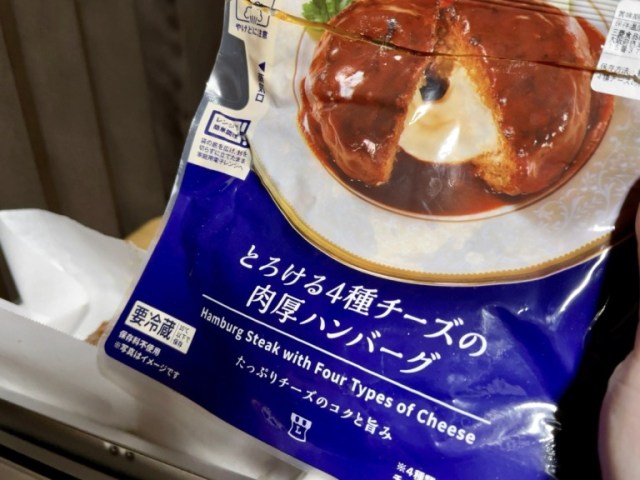
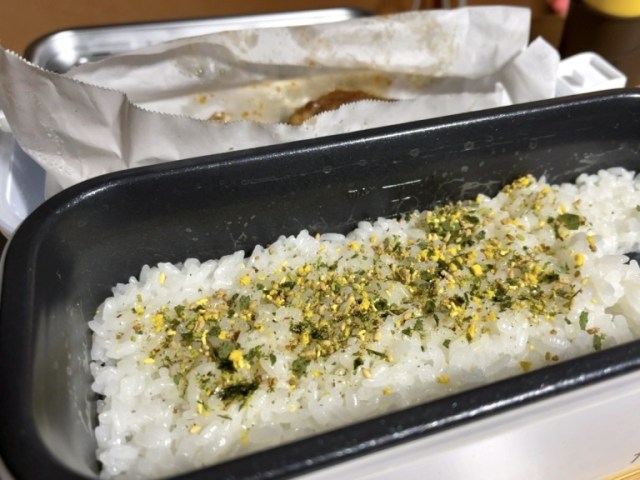
After gazing up at the beautiful stars of the countryside night sky for a while, Saya hit the sack and got up bright and early the next morning for her Zen meditation session.
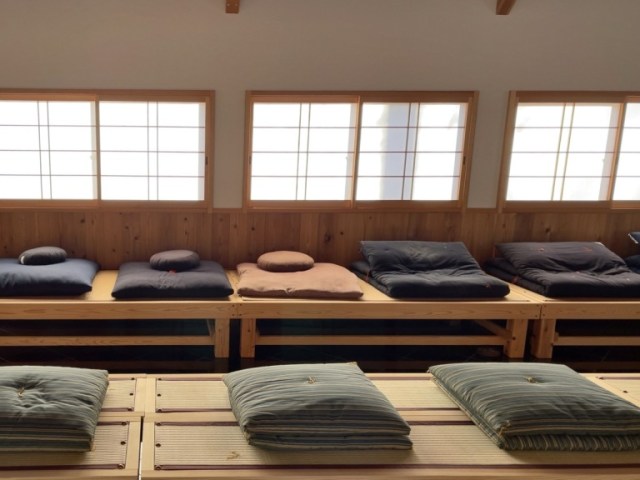
Since Zen meditation requires sitting stilly with the same posture for extended periods of time, she was thankful for the thickly padded mats and cushions. These aren’t just for the comfort of Zen newbies, though, as the temple also serves as an evacuation shelter during natural disasters, and at such times the mats are used as bedding for those unable to return home that night.
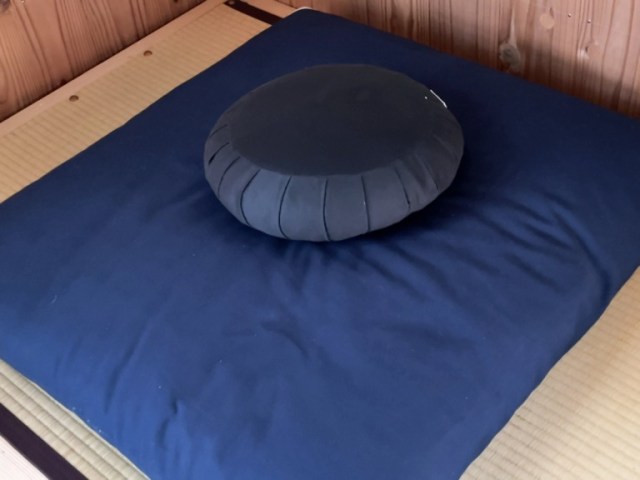
As she meditated, Saya experienced something unusual, though she didn’t notice until after her session was done. We’re already into the part of the year where Japan’s weather is decidedly chilly in the morning, and when Saya had gotten up, one of her first thoughts was that she wished she’d packed some thermal underwear. As she meditated, though, that sense of cold completely evaporated, but not because the temperature was getting warmer. Once the session was over, she immediately noticed the cold again, given her a newfound appreciation for the effects of Zen.
▼ As mentioned above, the temple also has a shukubo dormitory, the common-use room of which is seen here.
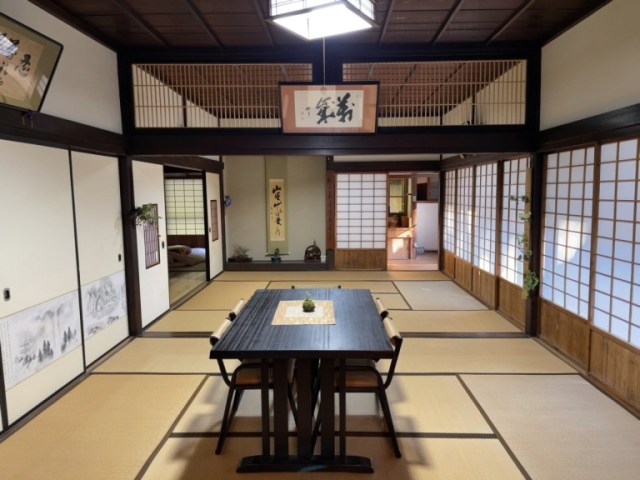
With check-out at noon, Saya had time to relax and soak up the relaxing nature vibes for a bit longer before she needed to get packed up. Reflecting on her stay, she was surprised by just how relaxed, friendly, and cheerful the whole place felt, since she admits to having had a preconception that temple accommodations would come with a more austere atmosphere.
With a total of just nine slots (four for tent/car campers and five for RVs/motorhomes), Daitaiji’s campground definitely has a relaxed, local feel to it, and at 3,000 yen (US$26) a night, it’s extremely affordable too. The campground even has an English website, showing that they’re happy to welcome travelers of various religions and nationalities.
Location information
Daitaiji / 大泰寺
Address: Wakayama-ken, Higashimuro-gun, Nachikatsuura-cho, Shimowada 775
和歌山県東牟婁郡那智勝浦町下和田775
Website
Instagram
Photos ©SoraNews24
● Want to hear about SoraNews24’s latest articles as soon as they’re published? Follow us on Facebook and Twitter!
